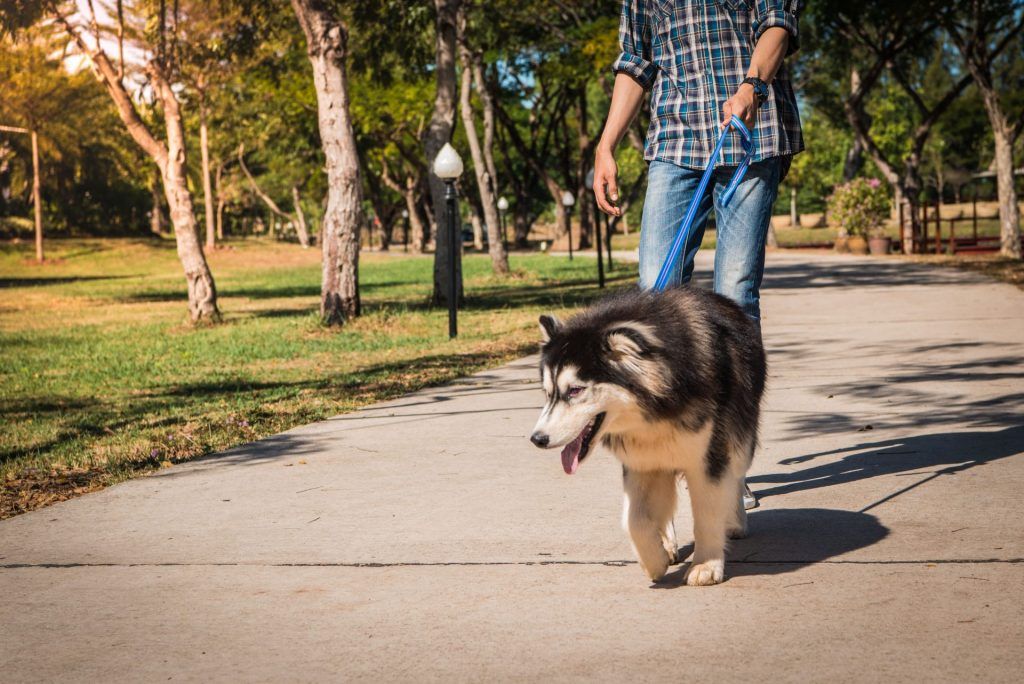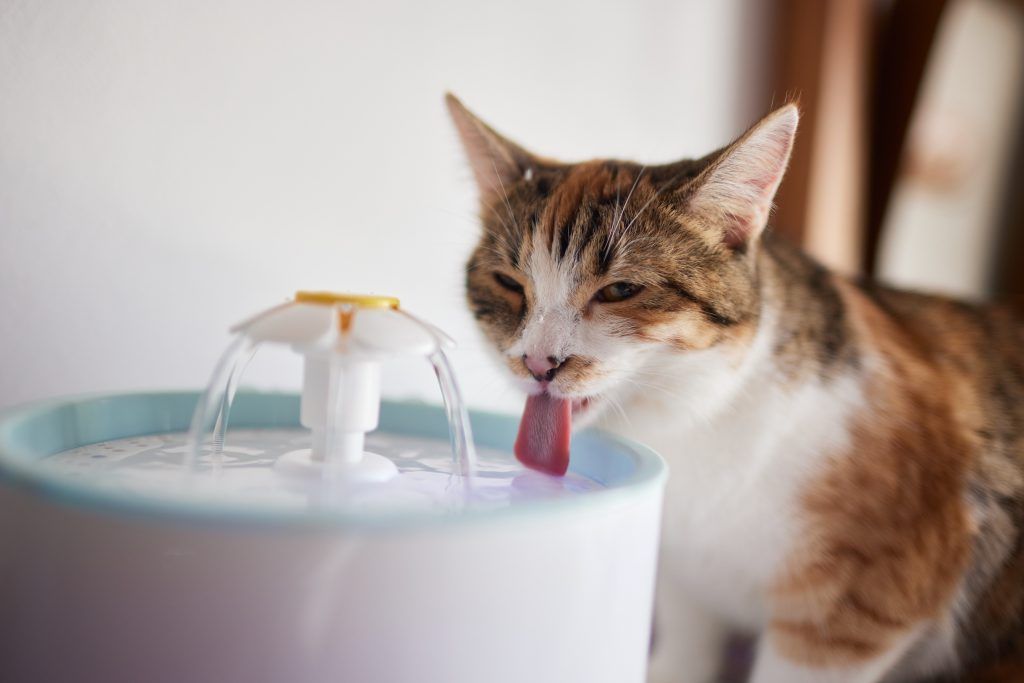Xylitol poisoning in dogs is a serious issue that can lead to severe liver damage and even death. It’s important for pet owners to be aware of the dangers of xylitol and how to prevent it. While xylitol is commonly found in gum and sugar-free snacks, it can also be found in some brands of peanut butter.
Xylitol ingestion can cause life-threatening low blood sugar and severe liver damage.
What is Xylitol Poisoning?
Xylitol poisoning in dogs is a serious medical emergency that can be fatal if not treated quickly. Xylitol is a sugar substitute used in many sugar-free products, including gum, candy, baked goods, and some brands of peanut butter.
When ingested, xylitol causes a sudden, dangerous drop in blood sugar in dogs, leading to confusion, lethargy, seizures, and even death. In addition to low blood sugar, xylitol can also cause severe liver damage.
To prevent xylitol poisoning in dogs, it is important to check ingredient labels for xylitol, sugar-free, no sugar added, diabetic-friendly, reduced sugar, or birch sugar. Keep all xylitol-containing products out of reach of your dog and in a secure place. If your dog ingests a product with xylitol, contact your veterinarian or emergency service immediately for guidance.
Symptoms of Xylitol Poisoning in Dogs
Symptoms of xylitol poisoning in dogs can be severe and life-threatening. If your dog has ingested products containing xylitol, watch for the following signs and symptoms of poisoning:
- Lethargy/Weakness
- Vomiting
- Loss of Coordination
- Seizures
- Excessive Diarrhea
- Blood in Vomit or Stool
- Collapse
These symptoms can mean many different things, not limited to only Xylitol Poisoning. But they are cause for concern nonetheless. So if you see any of these symptoms, it is important to contact your veterinarian immediately. Getting your dog the proper medical attention right away is crucial to avoid life-threatening complications.
What Causes Xylitol Poisoning?
Xylitol poisoning in dogs is caused by ingesting products containing xylitol, an artificial sweetener found in sugar-free gum, candy, baked goods, and some brands of peanut butter. Even in small amounts, xylitol can be life-threatening for dogs.
When ingested, xylitol causes the body to release a large amount of insulin, which in turn causes a sudden and dangerous drop in blood sugar, known as hypoglycemia. This can lead to confusion, stumbling, excessive sleepiness, depression, seizures, and even death if left untreated. Xylitol can also cause severe liver damage. It’s important to read the ingredients list of any product labeled as sugar-free, as these often contain xylitol.
It’s also important to note that some fruits and vegetables, such as blackberries and raspberries, contain trace amounts of naturally-occurring xylitol. While these are usually not a problem in small quantities, it’s best to give these foods to your dog in very small amounts.
How is it Diagnosed?
Diagnosing xylitol poisoning in dogs is a multi-step process that involves first recognizing the signs of xylitol toxicity and then confirming the diagnosis with an exam and laboratory tests.
If you suspect that your dog has ingested xylitol, it’s important to seek prompt medical attention. Your veterinarian will perform a physical examination of your dog and likely recommend bloodwork to confirm the diagnosis.
Common blood tests used to diagnose xylitol poisoning in dogs include tests to measure levels of glucose, liver enzymes, and electrolytes.
Other tests, such as a urinalysis, may also be used to help diagnose the condition. Your veterinarian may also take a detailed history of your pet’s symptoms and recent activities to help diagnose and treat the condition.
Your vet will ask if you know of anything your dog got into that they shouldn’t have. If you know what your dog ate or got into, bringing the package with you is essential. Depending on what it is, a picture of the ingredients list and/or knowing the name of the product will often suffice. This will help your veterinarian determine the amount of xylitol ingested and the appropriate treatment.
Treatment for Xylitol Poisoning
If your vet has confirmed xylitol poisoning, they may give medications and monitor your pup to help get through it. Some of these are:
- Blood glucose monitoring – Blood glucose levels will be monitored closely to ensure they remain in a safe range.
- Administration of intravenous fluids – This helps to maintain hydration and regulate blood sugar levels.
- Administration of dextrose – Dextrose is a type of sugar used to raise blood sugar levels.
- Activated charcoal – Activated charcoal will be given to help absorb any remaining xylitol in the stomach and intestines.
- Liver protectants – Medications may be administered to protect the liver from damage caused by xylitol.
- Vitamins and minerals – Vitamins and minerals may be given to help support the liver and other organs.
- Supplemental Oxygen – may be given if your dog is having difficulty breathing.
- Surgery – In severe cases, surgery may be necessary to remove any obstructions caused by xylitol.
Your veterinarian will work with you to develop the best treatment plan for your dog based on the severity of their xylitol poisoning and their individual needs. It is important to follow all instructions given by your veterinarian to ensure the best possible outcome.
Home Remedies
Home remedies to treat xylitol poisoning in dogs can be difficult to find, and no single answer works for every dog. In addition, they aren’t recommended, but unfortunately, everyone will have different circumstances. Some people may not be able to get to a vet quickly, or it happens at 3am and there are no emergency clinics around.
If your dog is showing signs of xylitol poisoning, it is important to seek veterinary care immediately. In the meantime, there are some home remedies that can be used to help treat your dog. Don’t get it confused, though; this is not a substitute for veterinary care!
One way is to induce vomiting. This can be done by giving your dog a tablespoon of hydrogen peroxide. However, it is important to note that this should only be done if your dog has ingested the xylitol within the last two hours. If it has been longer than two hours, inducing vomiting may not be beneficial and can even be dangerous.
If you have some on hand, activated charcoal can help to absorb the xylitol and reduce the amount of the toxin entering the bloodstream. It is important to note that this should only be done if your dog has ingested the xylitol within the last four hours.
Finally, keep your dog hydrated! Provide your dog with plenty of fresh water and if needed, your veterinarian can provide subcutaneous fluids to help keep your dog hydrated and aid in toxin removal.
It is important to note that these home remedies are not guaranteed to work and should not be used in place of veterinary care. If you suspect your dog has ingested xylitol, contact your veterinarian immediately for further instructions.
Xylitol Poisoning Prognosis for Dogs
The long-term prognosis for xylitol poisoning in dogs is generally positive as long as they receive prompt and appropriate treatment. With timely treatment, most dogs make a full recovery and return to their normal activity level. However, there are some potential complications that can arise, so it is important to monitor your dog closely after treatment.
In some cases, an early stage of liver failure may occur due to xylitol ingestion. This is called hepatic lipidosis and is caused by the massive release of fat into the bloodstream when the liver is unable to process it. Fortunately, this is usually reversible with prompt treatment, but it can take several weeks for the liver to recover. If left untreated, hepatic lipidosis can lead to more serious issues, such as liver failure and death.
Another potential long-term complication of xylitol poisoning is lactic acidosis. This is caused by an overabundance of lactic acid in the bloodstream, which can lead to multiple organ failure and even death. Fortunately, if caught early, lactic acidosis can be reversed with treatment. However, if left untreated, it can be fatal.
Overall, the prognosis is usually really good, providing they are treated promptly. It is important to monitor your dog closely after treatment to ensure that no long-term complications develop.
Conclusion
Xylitol is a sweetener that can be found in many products, such as sugar-free gum, candy, baked goods, and toothpaste. While it is safe for humans, it can be deadly for dogs. Xylitol can cause a rapid drop in blood sugar and liver failure in dogs, leading to symptoms such as vomiting, weakness, seizures, and even death.
If you suspect your dog has ingested xylitol, immediately contact your veterinarian or an emergency animal hospital. Do not try to induce vomiting or give any home remedies without consulting a professional. The sooner your dog receives treatment, the better the chances of recovery.
To prevent xylitol poisoning in dogs, you should always keep xylitol-containing products out of your dog’s reach and read the labels carefully before giving anything to your dog. You should also educate yourself and others about the dangers of xylitol for dogs and spread the word to other pet owners.
Remember, xylitol is not a treat for your dog but a potential killer. By being aware and vigilant, you can protect your furry friend from this hidden hazard and enjoy a sweet life together.
























